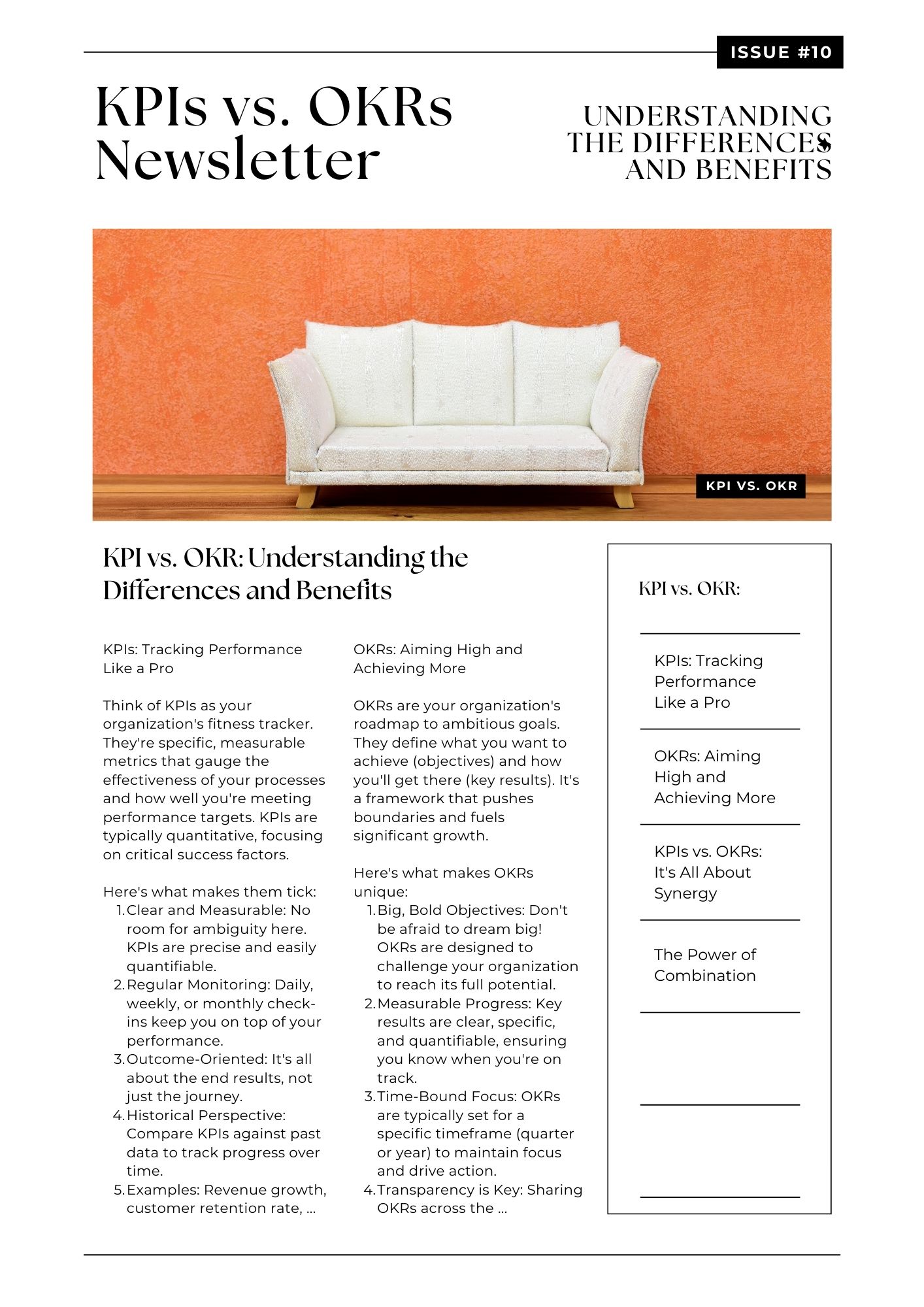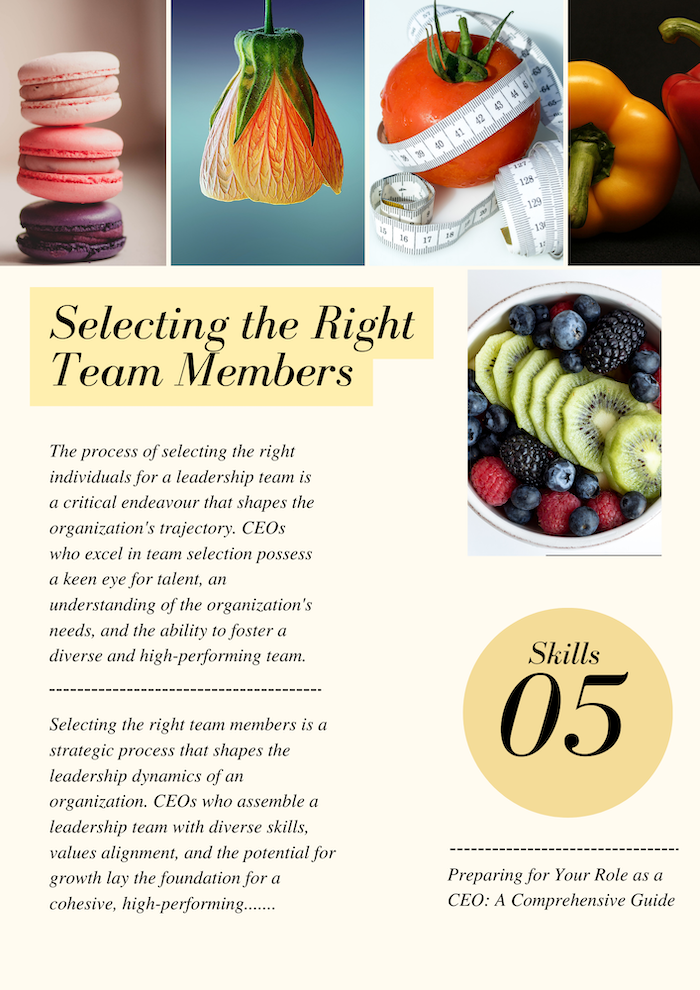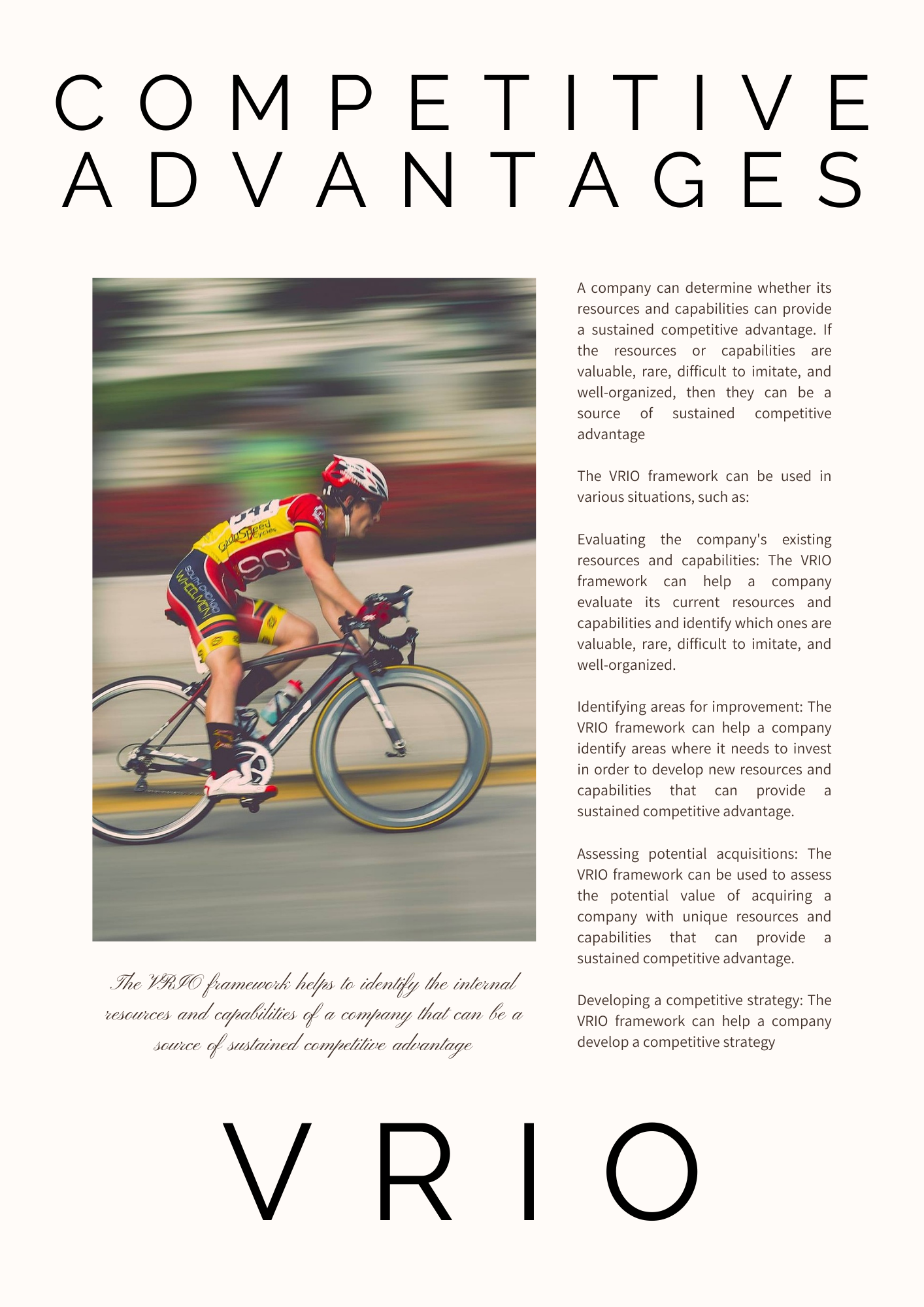KPI vs. OKR - Understanding the Differences and Benefits
In today's dynamic business world, measuring performance and driving growth are top priorities. Two frameworks stand out: Key Performance Indicators (KPIs) and Objectives and Key Results (OKRs). Both track progress, but they serve distinct purposes. Mastering the differences between them empowers organizations to achieve their goals.
KEY POINTS:
1. Purpose and Focus: KPIs track ongoing performance and efficiency in processes, while OKRs set and achieve ambitious, strategic goals.
2. Adaptability and Evaluation: KPIs are stable and use historical data for long-term trends, whereas OKRs are dynamic, time-bound, and focus on achieving specific goals.
3. Benefits and Synergy: Combining KPIs and OKRs allows organizations to monitor current performance while striving for growth, creating a balanced approach to achieving sustained success.
KPIs: Tracking Performance Like a Pro
Think of KPIs as your organization's fitness tracker. They're specific, measurable metrics that gauge the effectiveness of your processes and how well you're meeting performance targets. KPIs are typically quantitative, focusing on critical success factors. Here's what makes them tick:
- Clear and Measurable: No room for ambiguity here. KPIs are precise and easily quantifiable.
- Regular Monitoring: Daily, weekly, or monthly check-ins keep you on top of your performance.
- Outcome-Oriented: It's all about the end results, not just the journey.
- Historical Perspective: Compare KPIs against past data to track progress over time.
- Examples: Revenue growth, customer retention rate, employee turnover rate, Net Promoter Score (NPS).
OKRs: Aiming High and Achieving More
OKRs are your organization's roadmap to ambitious goals. They define what you want to achieve (objectives) and how you'll get there (key results). It's a framework that pushes boundaries and fuels significant growth. Here's what makes OKRs unique:
- Big, Bold Objectives: Don't be afraid to dream big! OKRs are designed to challenge your organization to reach its full potential.
- Measurable Progress: Key results are clear, specific, and quantifiable, ensuring you know when you're on track.
- Time-Bound Focus: OKRs are typically set for a specific timeframe (quarter or year) to maintain focus and drive action.
- Transparency is Key: Sharing OKRs across the organization fosters alignment, buy-in, and a sense of shared purpose.
- Examples: "Improve customer satisfaction" with key results like increasing NPS, reducing customer support response time, and achieving high satisfaction rates in surveys.
KPIs vs. OKRs: It's All About Synergy
Here's where the magic happens:
- Purpose and Focus: KPIs monitor ongoing operations, while OKRs set ambitious goals for growth and change.
- Adaptability: KPIs tend to be more stable, tracking long-term trends. OKRs are dynamic, adapting to evolving priorities.
- Evaluation: KPIs use historical data, while OKRs assess achievement of specific, time-bound goals.
- Who Uses Them? KPIs are used at all levels, from individual to company-wide. OKRs are typically used at the team and organizational levels to ensure strategic alignment.
The Power of Combination
Both KPIs and OKRs offer distinct benefits:
- KPIs: Clear performance tracking, data-driven decision making, and continuous improvement.
- OKRs: Strategic alignment, focused prioritization, motivation, and a culture of innovation.
By leveraging the strengths of both frameworks, organizations create a powerful synergy that drives sustained success and growth. Imagine having a clear picture of your current performance (KPIs) while simultaneously aiming for ambitious goals (OKRs). This combination is a winning formula for any organization!









